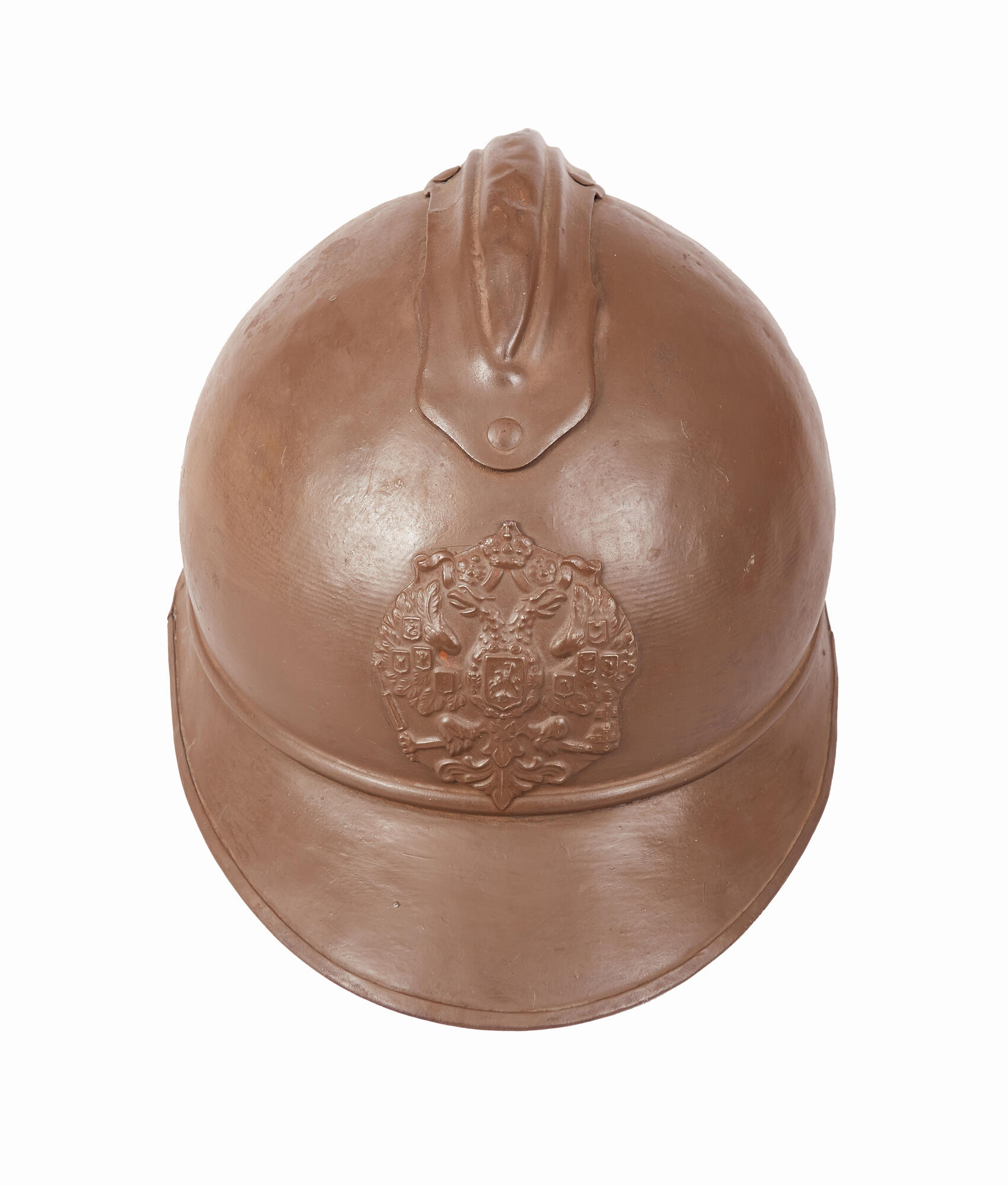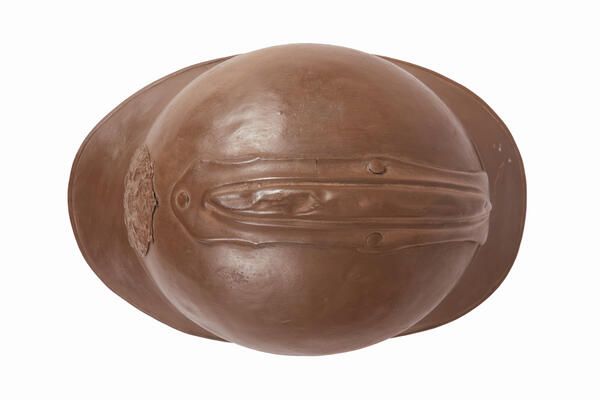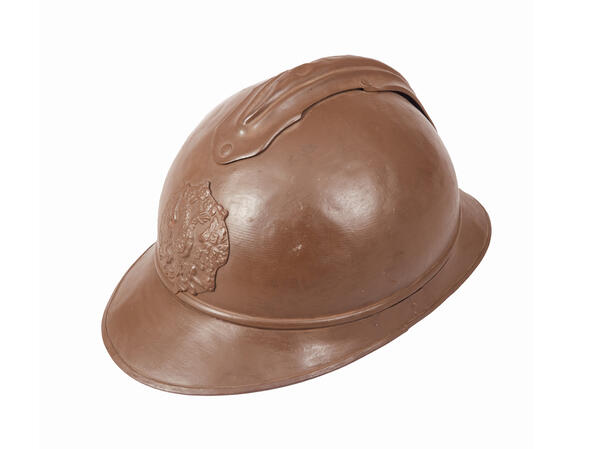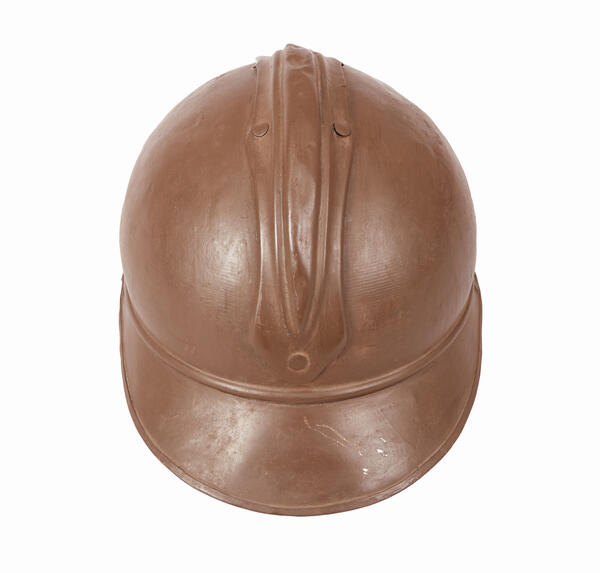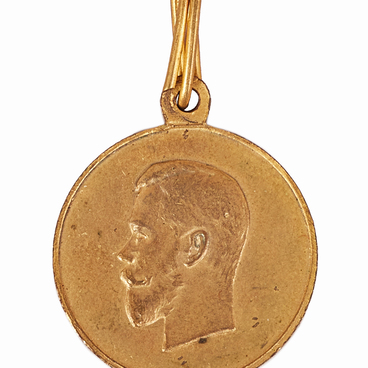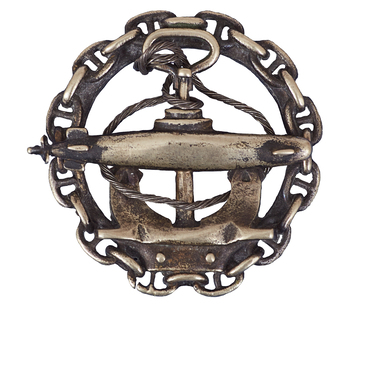The Adrian helmet of the 1915 model is a French army helmet designed by Army General Louis Auguste Adrian. Despite the low quality and insufficient thickness of the metal of these French helmets, the number of head wounds when wearing them significantly decreased. As the French army reported positive results, it was decided to supply parts of the Imperial Russian Army with Adrian helmets.
The first Russian units to use these helmets in action were the battalions of Special Brigades that were dispatched to France to help the allies who were experiencing an acute shortage of manpower. According to signed agreements, all equipment and weapons, with the exception of uniforms, were to be provided by the French side. In particular, the Russian units received Adrian helmets. French insignia on the front of the helmets was replaced with the Russian state emblem — the double-headed eagle.
The helmet had three sizes of the liner and weighed from 670 to 750 grams. The thickness of the steel sheet was 0.7 millimeters, which was not enough to protect against shots, but reduced damage from fragments and stones by 60%. It had a hemispherical shape and consisted of three parts: a shell, a two-sided visor and a crest. On top of the shell was a crest that covered the ventilation hole. The front of the helmet also had two holes in the form of rounded rectangles for attaching the coat of arms.
There were four corrugated aluminum strips between the liner and the shell, which improved air circulation around the head. They were fixed on staples soldered to the inside of the helmet. The helmet was painted with a spray gun, and then fired in a furnace at a temperature of 130 degrees Celsius. The chin strap was made of dark brown horse leather, consisted of two parts and was fastened with a square iron buckle. The officer’s helmet had a braided strap.
After the end of the First World War, the Adrian
helmet continued to be used during the Russian Civil War — both in the Red and
in the White Army. Subsequently, the Workers’ and Peasants’ Red Army officially
adopted the helmet. The double-headed eagle was replaced with a five-pointed
star with a hammer and sickle painted red.
